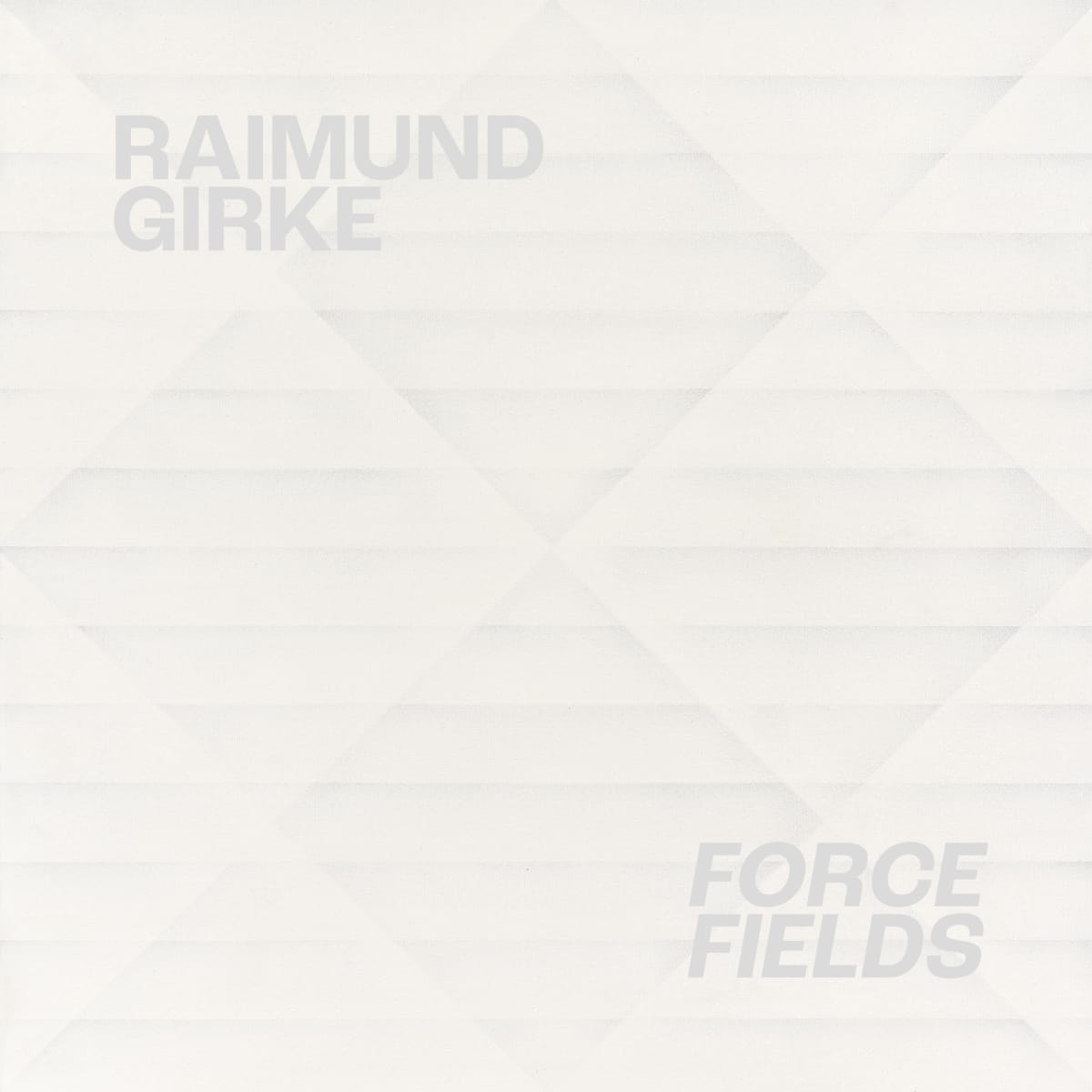Raimund Girke German, 1930-2002
Brushstrokes increased in dynamism and force allowing vibration, rhythm and movement to flow through the materiality of the paint. Exploring the concepts of light, and colour his paintings are at once still and dynamic, meditative and probing.
An influential figure of post-war German art, Raimund Girke (b. 1930 Lower Silesia - d. 2002 Cologne, Germany) first studied at the art school in Hanover and then at the Düsseldorf Art Academy with ZERO founders Otto Piene and Heinz Mack. Departing from Abstract Expressionism and initially influenced by the gestural-rhythmic abstraction of Informel, he became a forerunner of Analytical Painting committed to the investigation of the colour white. "White is emptiness, immateriality, calm and silence".
From 1956-7, reducing his palette to black and grey, Girke developed a painting style consisting of few colours and void of any figurative reference taking the work to the extremes of white in 1959. Brushstrokes increased in dynamism and force allowing vibration, rhythm and movement to flow through the materiality of the paint. Exploring the concepts of light, and colour his paintings are at once still and dynamic, meditative and probing.
Since 1971 he was a professor at the Berlin University of the Arts. In 1977 he took part in documenta 6 in Kassel and his works are represented in numerous museums and collections. In 1995-96 four German museums held a retrospective of his work- Sprengel Museum Hannover, Von der Heydt Museum Wuppertal, Saarlandmuseum Saarbrücken, Kunsthalle Nürnberg. His work is now in many major collections such as the Nationalgalerie Berlin, Sprengel Museum, Museum Bonn and the Busch-Reisinger Museum at Harvard.
-
 Raimund GirkeNr 15 Aquarell (blue), 1971Gouache on paper15 x 15 cm
Raimund GirkeNr 15 Aquarell (blue), 1971Gouache on paper15 x 15 cm
5 7/8 x 5 7/8 inches -
 Raimund GirkeWeiss, 1971Acrylic on canvas60 x 60 cm
Raimund GirkeWeiss, 1971Acrylic on canvas60 x 60 cm
23 5/8 x 23 5/8 inches
-
 Raimund GirkeNr 11 Aquarell (grey-blue), 1969Gouache on paper14 x 14 cm
Raimund GirkeNr 11 Aquarell (grey-blue), 1969Gouache on paper14 x 14 cm
5 1/2 x 5 1/2 inches -
 Raimund GirkeUnruhige Mitte , 1965Tempera on canvas60 x 60 cm
Raimund GirkeUnruhige Mitte , 1965Tempera on canvas60 x 60 cm
23 5/8 x 23 5/8 inches -
 Raimund GirkeUntitled, 1965Tempera on canvas60 x 60 cm
Raimund GirkeUntitled, 1965Tempera on canvas60 x 60 cm
23 5/8 x 23 5/8 inches -
 Raimund GirkeWeißes Bild III , 1963Mixed media on nettle70 x 70 cm
Raimund GirkeWeißes Bild III , 1963Mixed media on nettle70 x 70 cm
27 1/2 x 27 1/2 inches
-

TEFAF New York
Raimund Girke 9 - 14 May 2024Announcing participation in this years TEFAF New York with a solo presentation of the German painter Raimund Girke (b. 1930 Lower Silesia - d. 2002 Cologne, Germany) . An influential...Read more -

Raimund Girke
FORCE FIELDS 11 Oct - 25 Nov 2022'White is emptiness, immateriality, calm and silence .' An influential figure of post-war German art, Raimund Girke (1930-2002) studied at the art school in Hanover before moving on to the...Read more -

Three Colours
12 Apr - 5 Jun 2021We are excited that The Mayor Gallery will be re-open to the public from the 12 April with our comprehensive exhibition Three Colours, Red-White-Blue . A wide range of artists...Read more
-

TEFAF New York : Raimund Girke
9 - 14 May 2024 May 1, 2024Stand 375 Announcing participation in this years TEFAF New York with a solo presentation of the German painter Raimund Girke (b. 1930 Lower Silesia -...Read more -

RAIMUND GIRKE: WORK ON PAPER 1957-2001 at the KUPFERSTICH-KABINETT, GERMANY
8 OCT 2022 - 22 JAN 2023 October 8, 2022Featuring more than fifty works on paper from its own collection, the Kupferstich-Kabinett shows a concentrated selection from the oeuvre of the painter and draughtsman...Read more -

TEFAF NEW YORK
Stand 367 May 6, 20226 - 10 May 2022 The Mayor Gallery is pleased to participate in this years TEFAF New York Spring edition. Featuring artists: Billy Apple |...Read more














